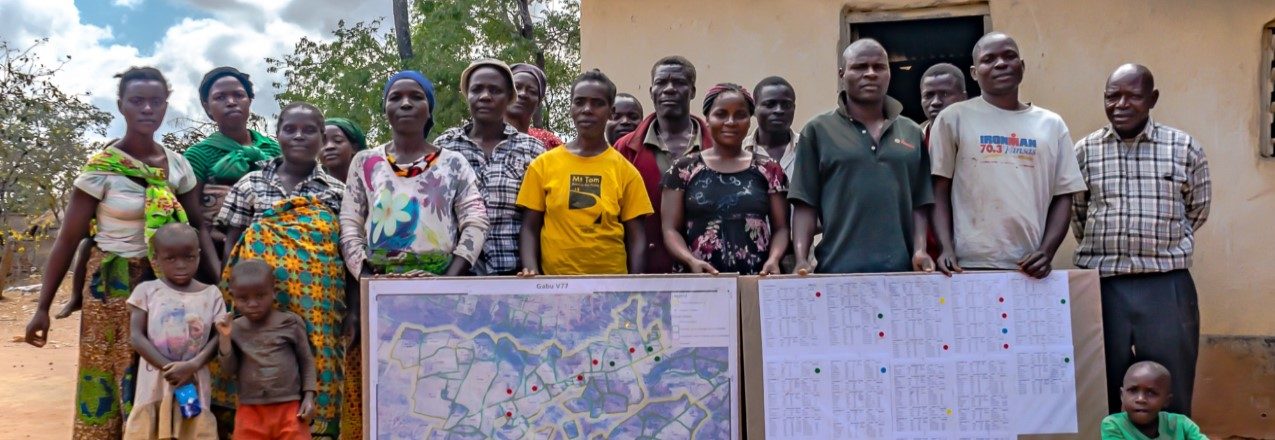In dozens of countries, we’re addressing a wide range of issues, including conflict minerals, women’s rights and policy reform
Around the world, millions of people, communities and businesses lack secure rights to one of their most important economic assets — land.
Up to 70 percent of land in developing countries is unregistered and, in many countries, the systems that govern land access and property rights are weak or ineffective. For women, who generally have less access, control and ownership of land than men, this insecurity impacts them disproportionately.
Weak property rights and poor land management represent fundamental barriers to our top priority at USAID — advancing free and prosperous societies that progress beyond the need for foreign assistance. Also, given the role it plays as a source of wealth and power, land is often at the center of violent conflicts.
The evidence is clear that strong property rights are an essential foundation for economic growth and responsive democratic governance. And from Colombia to Kosovo, experience has shown that resolving land disputes and clarifying property rights can help reduce tension, create lasting stability and set the stage for productive investments and economic growth.
So, what is USAID doing to advance land rights around the world? The answer is — a lot!
We are working in dozens of countries to address a wide range of land and property rights issues — from conflict minerals to women’s rights to policy reform. Here are seven examples of some of USAID’s most promising and effective programs from across the world:
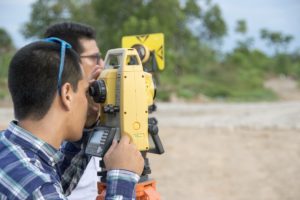
1. Formalizing property rights in post-conflict Colombia
Land issues were at the heart of Colombia’s long-running violent conflict, displacing an estimated 6 million people and leaving large portions of the country essentially ungoverned. Now, with a landmark peace agreement in place, USAID is working to help resolve critical land issues by supporting the Government of Colombia to formalize property rights across the country, organize the national land registry and return land to those who lost it in the civil war.
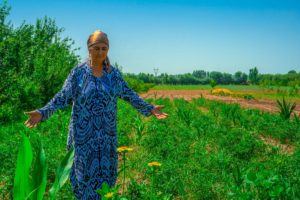
2. Enabling a land market to take root in Tajikistan
Transitioning from Soviet-style collective farms to property rights for individual farmers and a fully functioning land market are essential steps for unlocking Tajikistan’s economic growth potential and setting the country on a path to greater self-reliance. USAID is supporting land policy reforms and capacity building programs that are enabling a nascent land market, in which individual land use rights can be bought and sold, to take root.
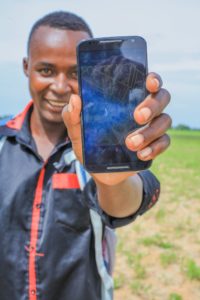
3. Documenting land rights in Tanzania with a mobile app
In rural Tanzania, USAID is using an inexpensive mobile phone-based mapping app to document land rights. Traditional land surveying equipment and processes can be very expensive and time consuming. To map and document all of the unregistered areas in rural Sub-Saharan Africa using traditional methods would take decades and cost billions. USAID’s low-cost solution has produced remarkable results — 15,000 land certificates issued to date, many to women who had been locked out of land ownership in the traditional system.
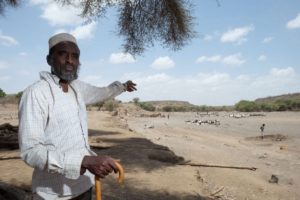
4. Reducing tensions between farmers, herders in Ethiopia
Disputes over land access and grazing rights have long been a source of conflict between farmers and herders in Ethiopia. Since 2014, USAID has been working with pastoral herding communities to certify their rights to rangelands, building on successful previous work certifying farmers’ land use rights. Clarifying and documenting the rights of each group is helping reduce tensions and create incentives for investments and economic growth.
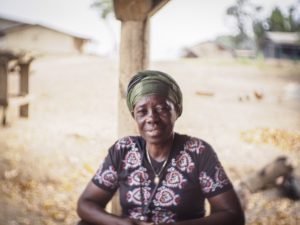
5. Ensuring Liberian women’s land rights
Even when countries enshrine protections for women’s land rights in national laws and policies, traditions and customs can block women from actually exercising their rights. That’s why USAID is working with Government of Liberia and community leaders to address the complex mix of social and institutional barriers to women’s land rights that persist despite the country’s progress on legal reforms. This nuanced approach is working to change behavior on the ground, not just amend laws on the books.
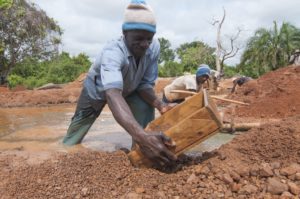
6. Reducing conflict over minerals
Competition over scarce minerals like diamonds and gold has driven destabilizing conflicts in countries like Cote d’Ivoire, the Central African Republic and the Democratic Republic of the Congo, with property rights struggles often at the core of these disputes. USAID is working in these three countries to reduce conflict over minerals, including by clarifying property rights and access to subsurface resources for small-scale miners.
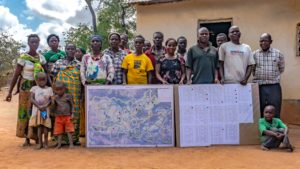
7. Using participatory community mapping
When it comes to land rights, sometimes the best solutions come from the ground up. In Burma, Ghana, Paraguay, Vietnam and Zambia, USAID is using bottom-up participatory community mapping to directly engage land users who have traditionally been overlooked. This will help empower land users themselves with the tools and understanding to better control and manage their own resources.
Read the full piece on Medium.


